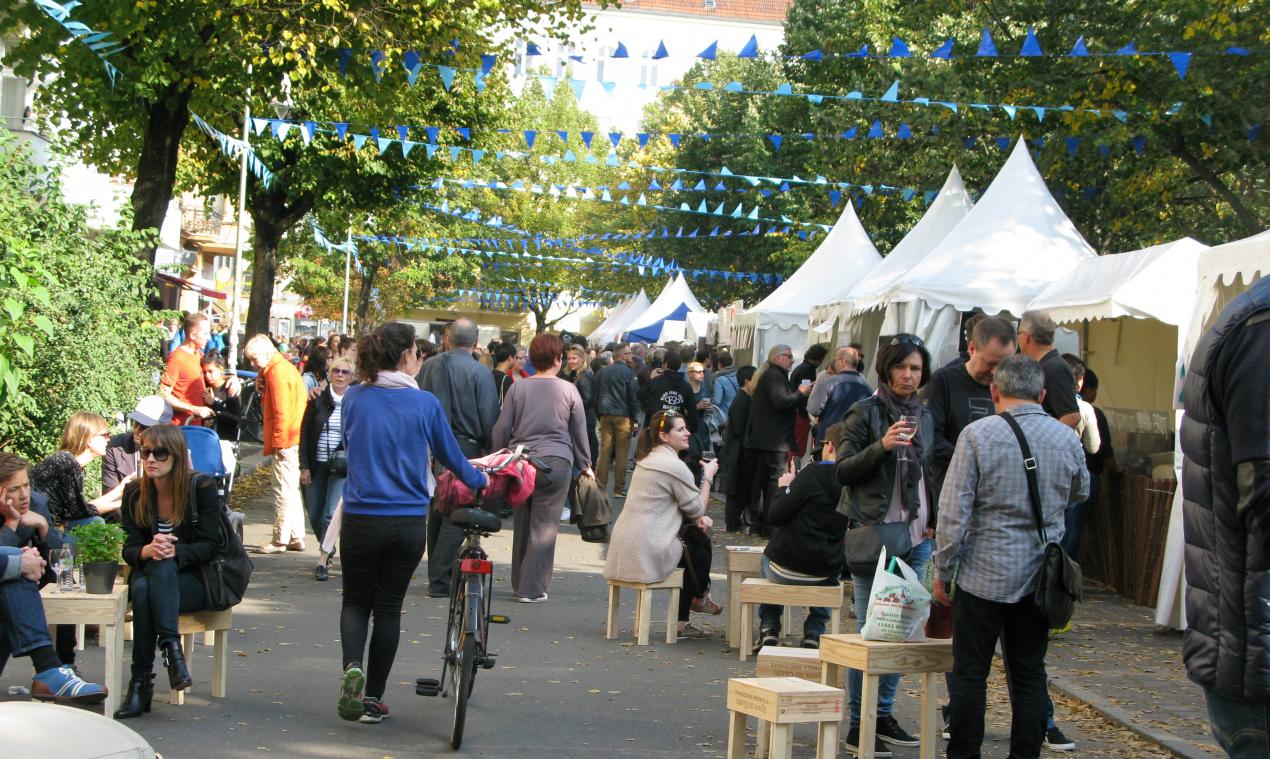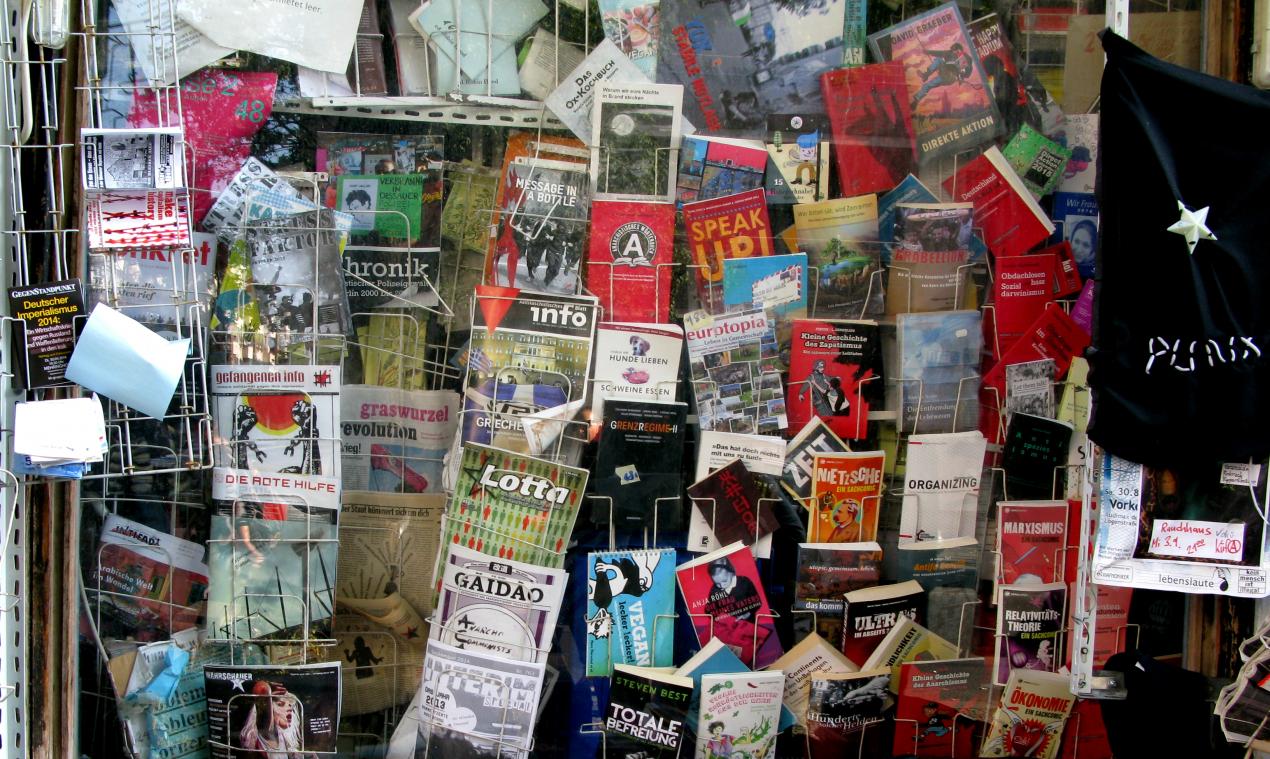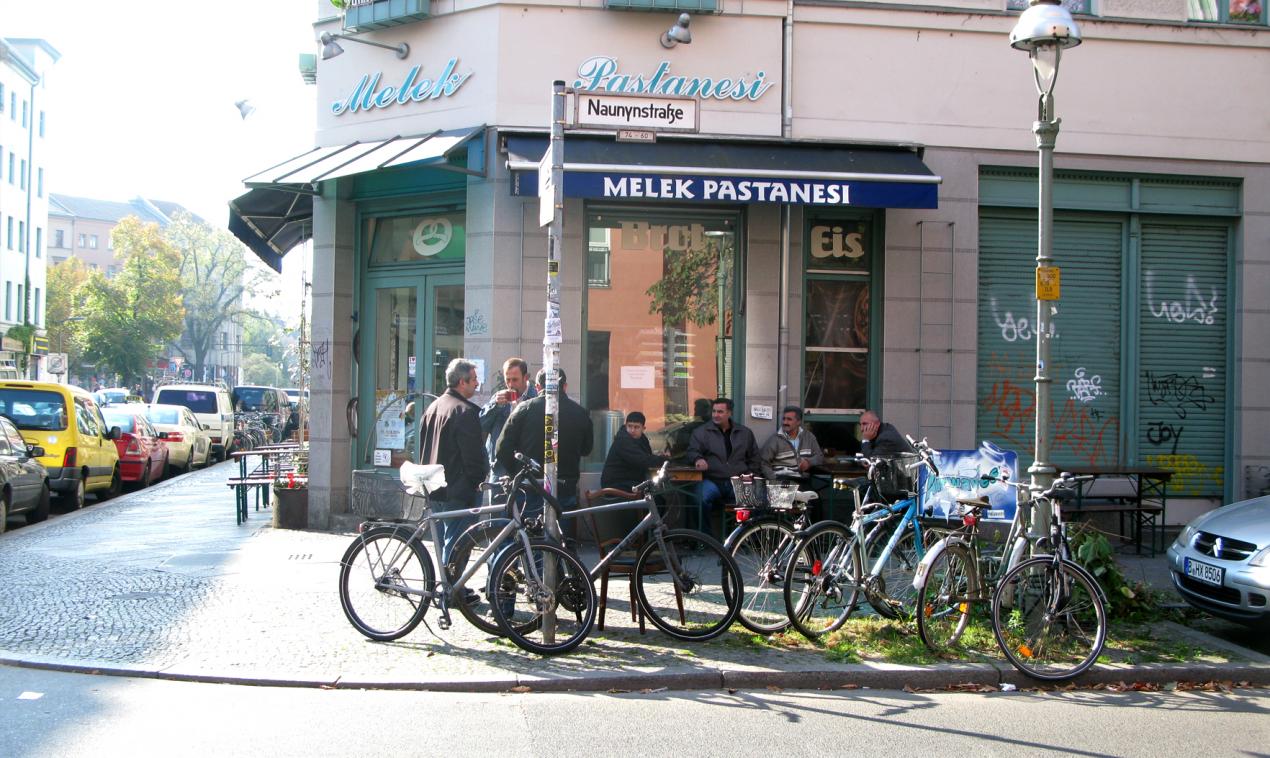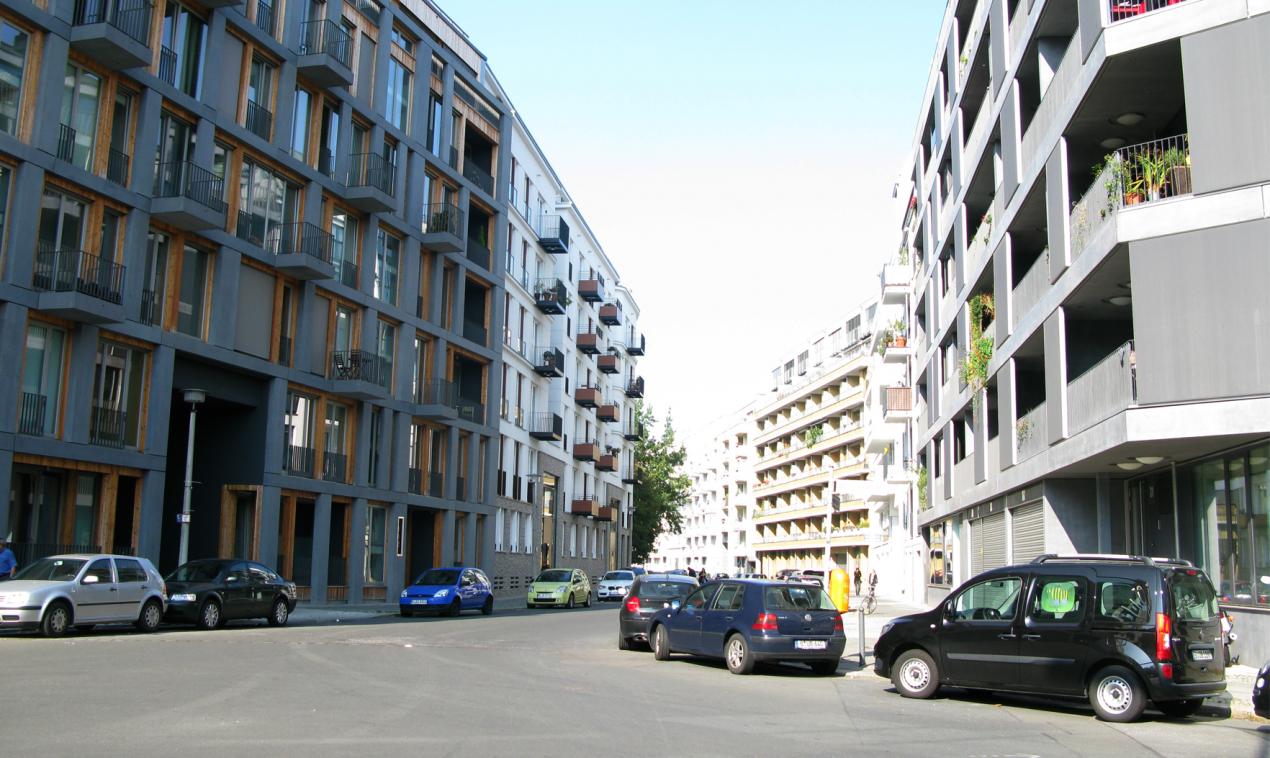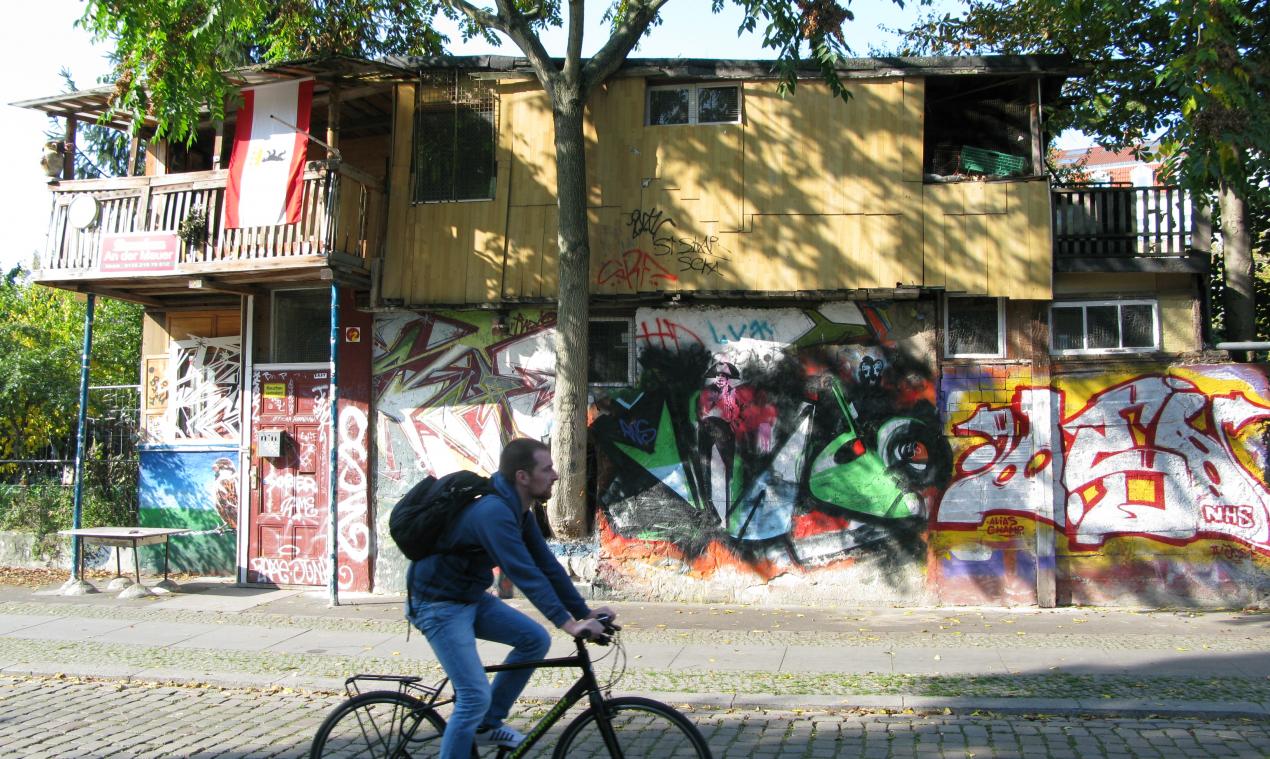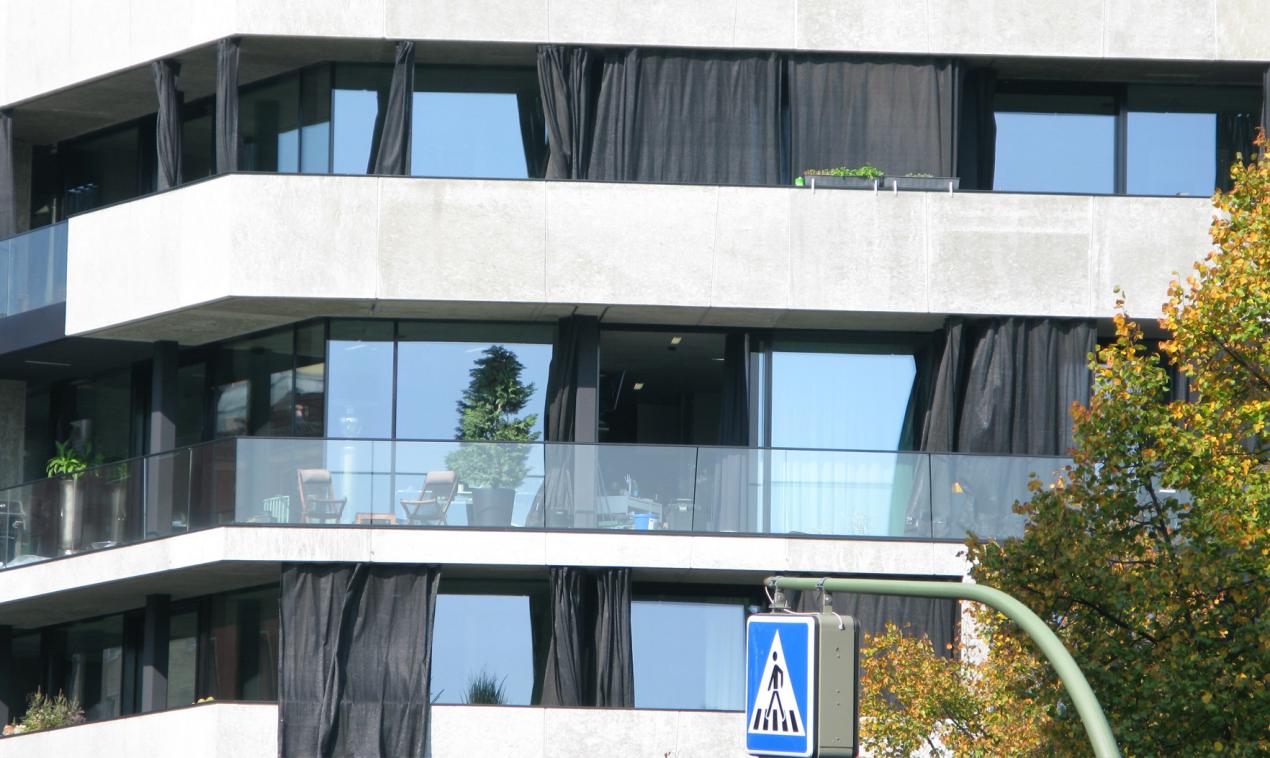Berlin Imaginarium - Urban Transformation Through Storytelling
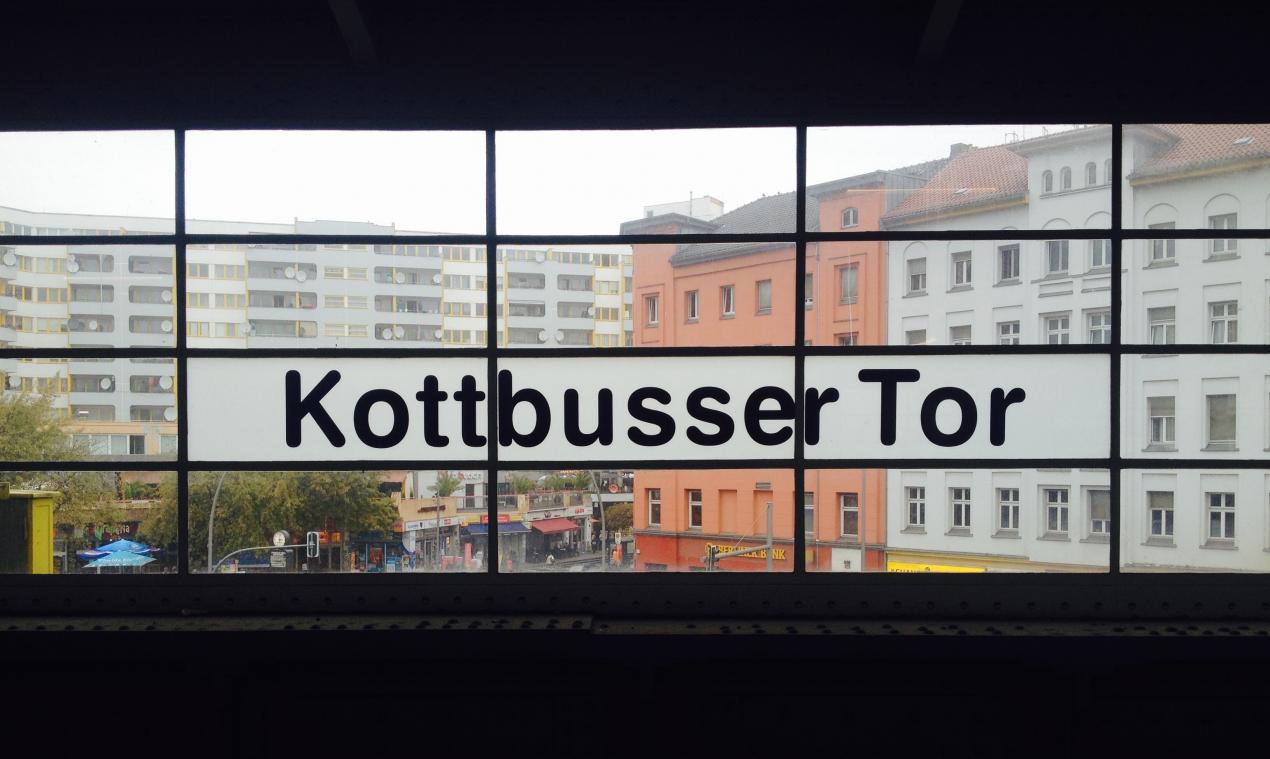
“The stories that we tell matter because they indicate how we see the world, and whether we believe we have the power and capacity to shape it for the better.” (The Dreaming City and the Power of Mass Imagination)
Living in or visiting a new city, we automatically create our story and we are inevitably part of somebody else’s. Berlin Imaginarium, a workshop led by myself and Denica Indzhova (Hidden Borough) explored the multi-layered urban neighbourhood of Kreuzberg as an experimental ground where limits are constantly re-defined.
Under the umbrella of the interdisciplinary initiative Berlin Unlimited, combining a series of events, workshops and debates centred around the exploration of Berlin’s rebellious past, flux present and uncertain future, we wanted to find out how fundamental the narrative of urban exploration, experience and storytelling is in context of the quality of daily life of ordinary citizens and the vitality of the city as such.
Beyond research and social mapping, we wanted to test storytelling as a tool to draw concrete suggestions and proposals to support the positive aspects of Kreuzberg, as well as eliminate conflicts. The local residents, many of whom have squatted the area after the fall of Berlin wall, have created their own world within their community, and are known for being politically engaged. Kreuzberg has an image of an alternative rebel and this sense of independence attracts outsiders – tourists, as well as new residents, and the consequence of this popularity is transforming the image of the neighbourhood.
We challenged our team of recent graduates and aspiring urban practitioners to invent and develop narratives beyond the physical design, with the task to create an IMAGINARIUM, where the limits and possibilities converge through storytelling.
Our team was young, eager and curious. After a hearty breakfast and discussion about their different motivations and aims to participate in the workshop, we set out from our ‘base’, cafe Morena at Spreewaldplatz, to explore the neighbourhood.
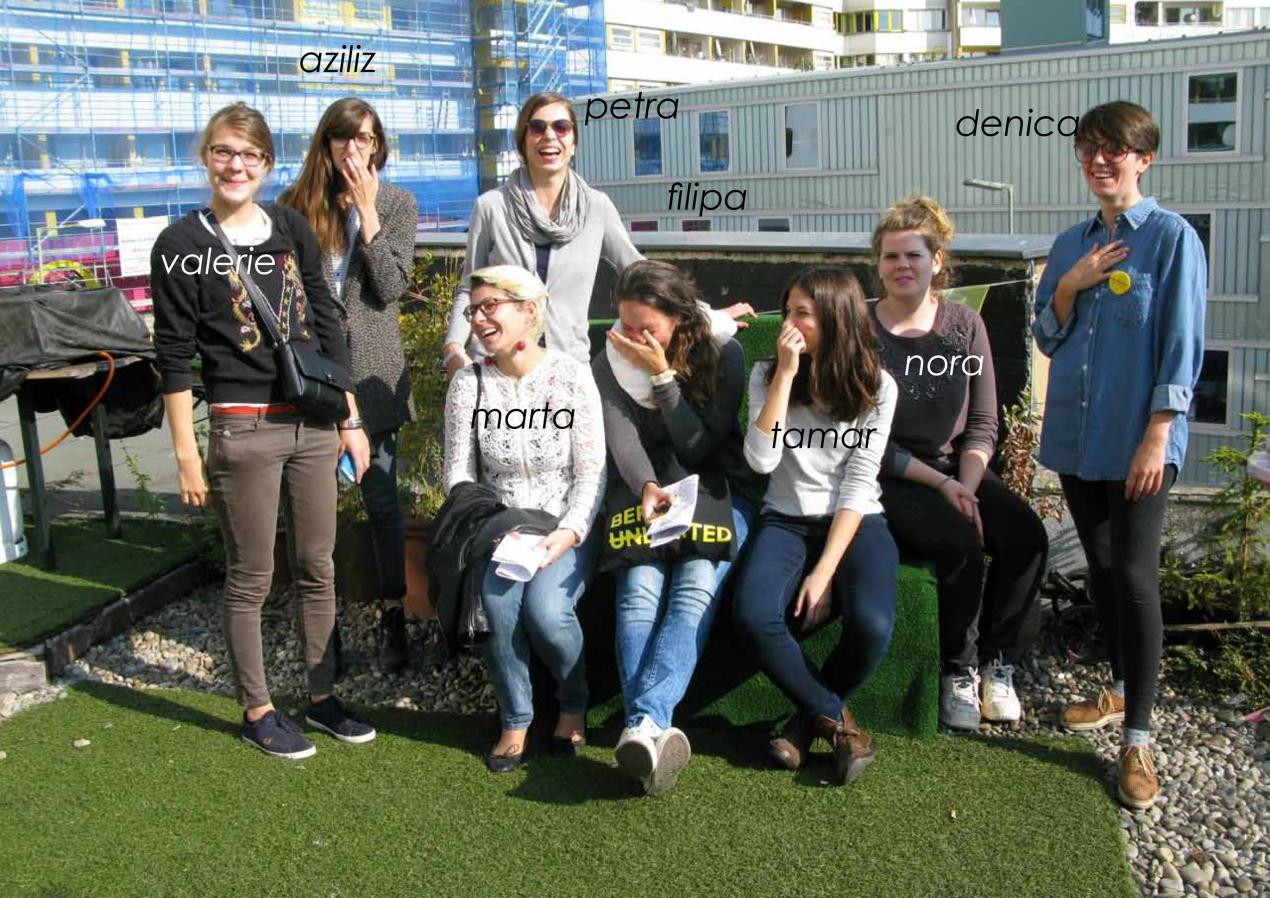 Over the first two days, we absorbed as much information about Kreuzberg – both factual and emotional. Hours of walking and observing, tasting local food and talking to local residents, business owners and visitors gave the group an insight into the multi-layered make-up of the area. Thanks to my co-tutor Denica, who used to live in the area, our participants were also able to meet key stakeholders and community leaders, who were eager to voice their different opinions about local issues.
Over the first two days, we absorbed as much information about Kreuzberg – both factual and emotional. Hours of walking and observing, tasting local food and talking to local residents, business owners and visitors gave the group an insight into the multi-layered make-up of the area. Thanks to my co-tutor Denica, who used to live in the area, our participants were also able to meet key stakeholders and community leaders, who were eager to voice their different opinions about local issues.
Having absorbed the different moods, spatial characters and aspirations of Kreuzbergers, each participant developed an impersonation of Kreuzberg in form of a fictional story. Through the metaphor of a story it was possible to synthesize the complex nature of Kreuzberg, its problems as well as opportunities through the personal lens of each participant, converging on the most pressing themes – diversity and richness, as well as change, conflict, gentrification...
Subjectively, the stories reflect on the personal character of each participant. The romantic impersonation of Kreuzberg as an alternative broken-hearted woman nicknamed K.; Kreuzberg as the tasty dish that each animal (representing different demographics of the area) wants to get their paws on; Kreuzberg as an image of a body plagued by various diseases yet persevering through the energy of its blood flow; the different colours of the neighbourhood to blend in or to provoke; the list of seemingly meaningless occurrences on Kottbussertor, the ‘heart’ of Kreuzberg, revealing intimate details about the fears and wishes of citizens.
All of these stories come together in an image of a creature, both menacing as well as intriguing, bringing the analysis to life.
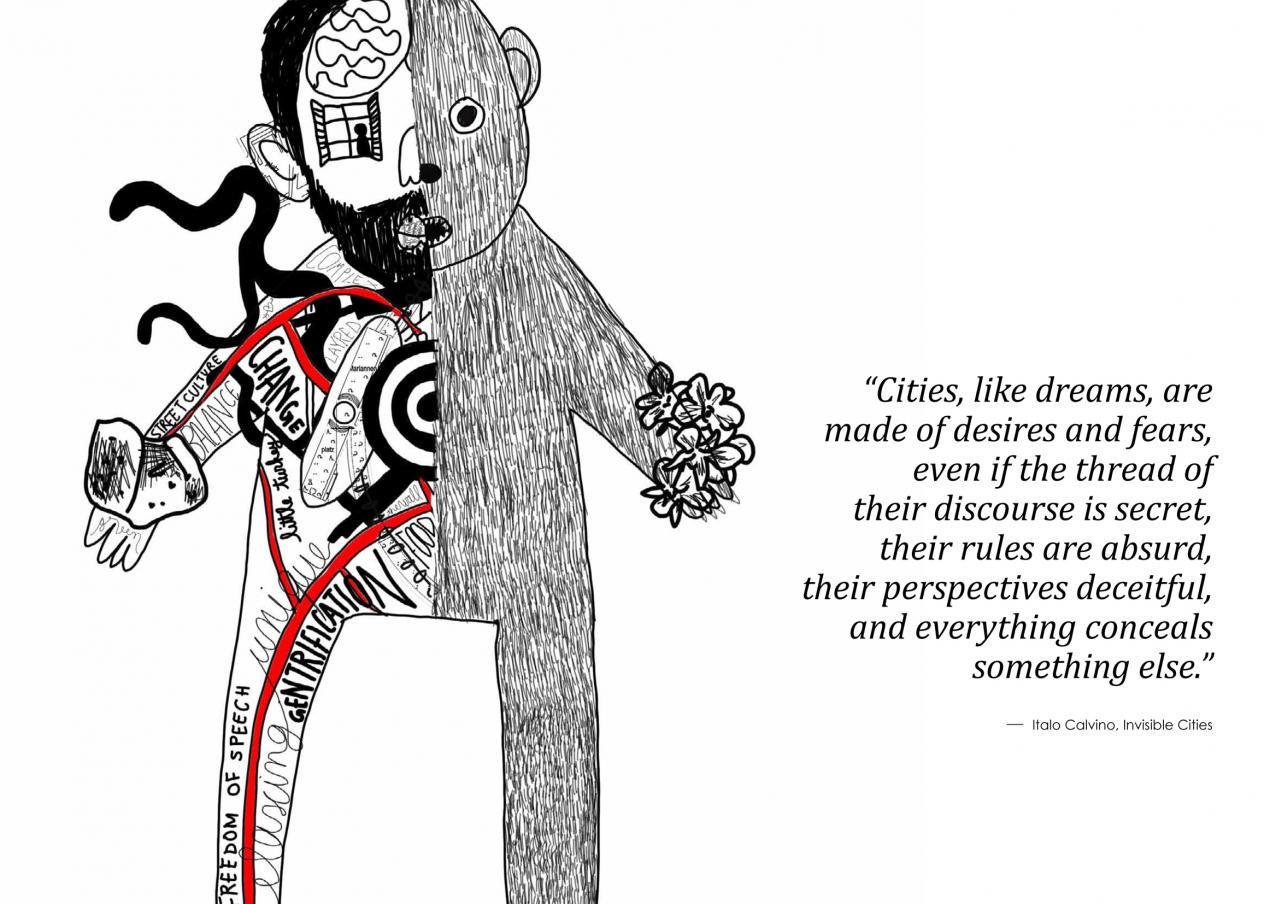 But the purpose of formulating these stories is not only to create an image of the area, but most importantly to encourage the participants to consider how urban conflicts and tensions can be resolved by concrete proposals, through empathising with the personal needs of their protagonists. The emerging ideas for transformation range from large spatial interventions to temporary events and installations.
But the purpose of formulating these stories is not only to create an image of the area, but most importantly to encourage the participants to consider how urban conflicts and tensions can be resolved by concrete proposals, through empathising with the personal needs of their protagonists. The emerging ideas for transformation range from large spatial interventions to temporary events and installations.
K. comes to terms with the split from the father of her child through the central spine: a park, delineating the former Berlin wall, is transformed from a dividing formal garden into a modern multifunctional green space.
Kreuzberg’s body is rejuvenated through a series of small interventions – the ‘blood flow’ – stimulating curiosity and helping navigate through the neighbourhood’s intricate corners and alleyways.
Kreuzberg dish can be now shared and cherished in several public spaces, in form of an open-air dining room.
Personal stories of Kreuzbergers are retold through ‘windows’ on the building facades.
Every newsstand is now stocked with the ‘colourless’ card game, for people to play and learn about the area’s different ethnicities, their histories and traditions.
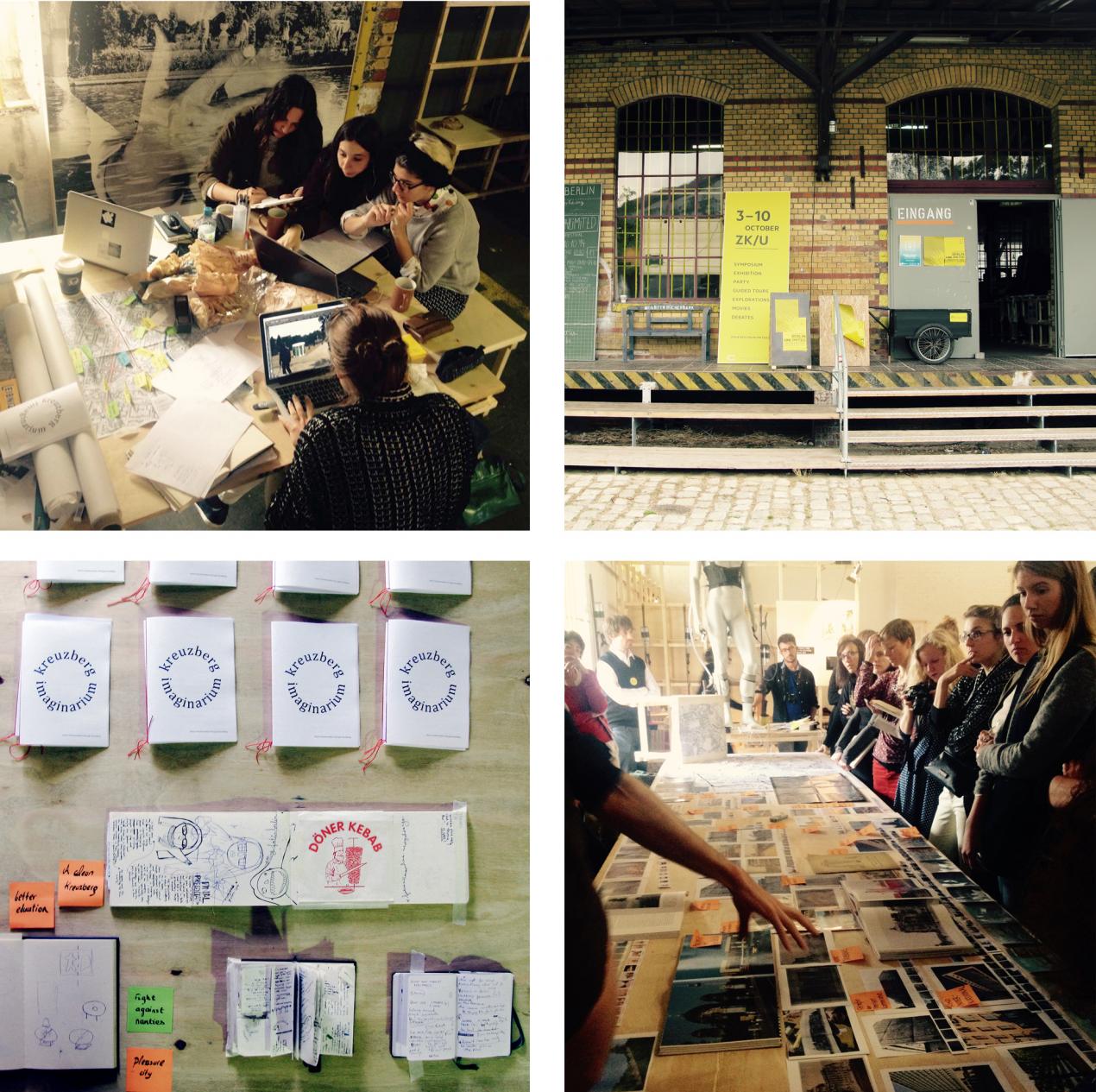 Finally, the stories and transformations come together in a presentation and final crit held at the Centre for Art and Urbanism (ZK/U), a former railway depot on the edges of Berlin’s largest inland port, Westhafen. This exercise in selection, hierarchisation and communication is an important part following a successful design development. Communicating not only the results, but also the process and methods in order to show reasoning and meaning of the outcomes.
Finally, the stories and transformations come together in a presentation and final crit held at the Centre for Art and Urbanism (ZK/U), a former railway depot on the edges of Berlin’s largest inland port, Westhafen. This exercise in selection, hierarchisation and communication is an important part following a successful design development. Communicating not only the results, but also the process and methods in order to show reasoning and meaning of the outcomes.
The team, now exhausted yet proud of their contributions to the creation of the IMAGINARIUM beast, heads back to Kreuzberg for the workshop afterparty.
Kreuzberg Imaginarium, a workshop supervised by Petra Marko (Marko&Placemakers) and Denica Indzhova (Hidden Borough) took place in October 2014 as part of Berlin Unlimited urban arts festival organized by Urban Transcripts, Collagelab and Guerilla Architects.
Workshop participants: Aziliz Pierre, Filipa Besteiro Lacerda, Marta Busnelli, Nora Queck, Tamar Gurciyan, Valerie t’Hooft
